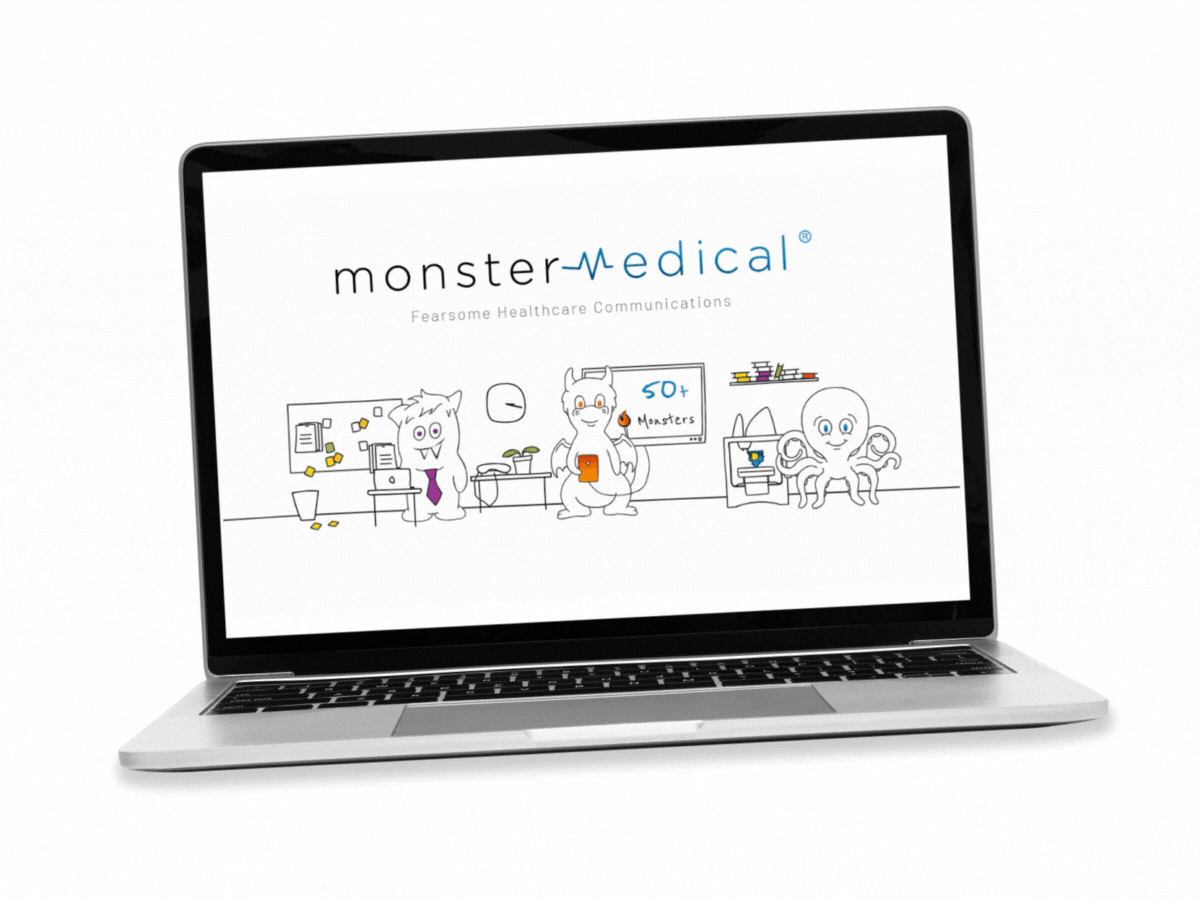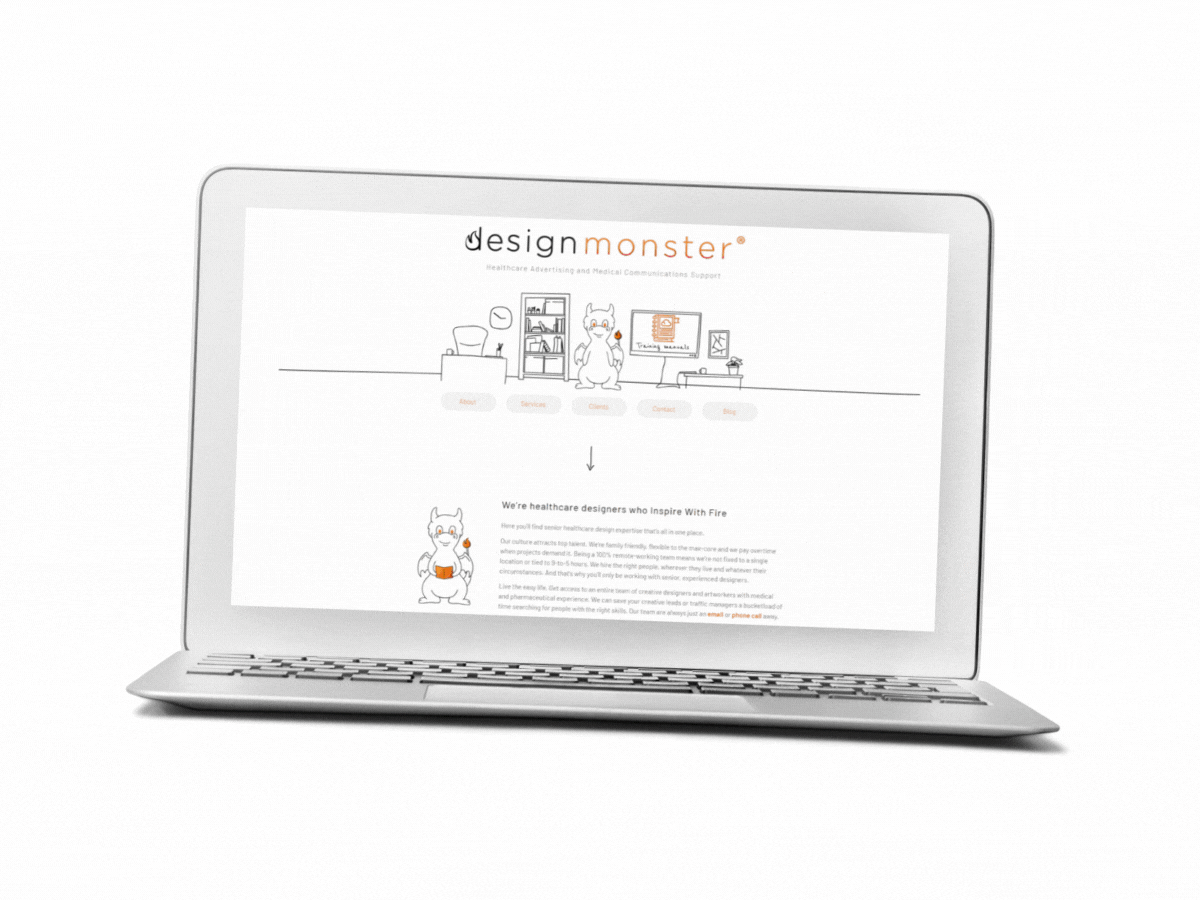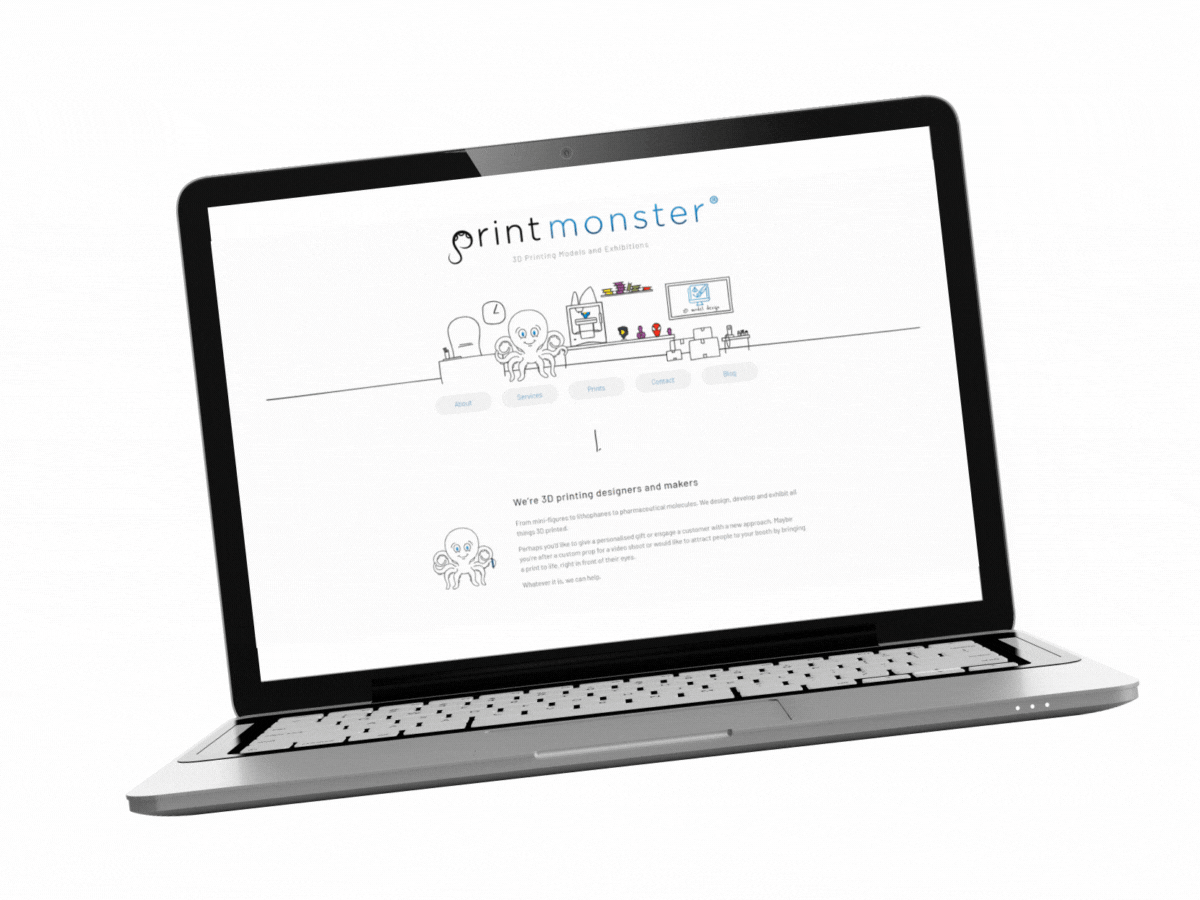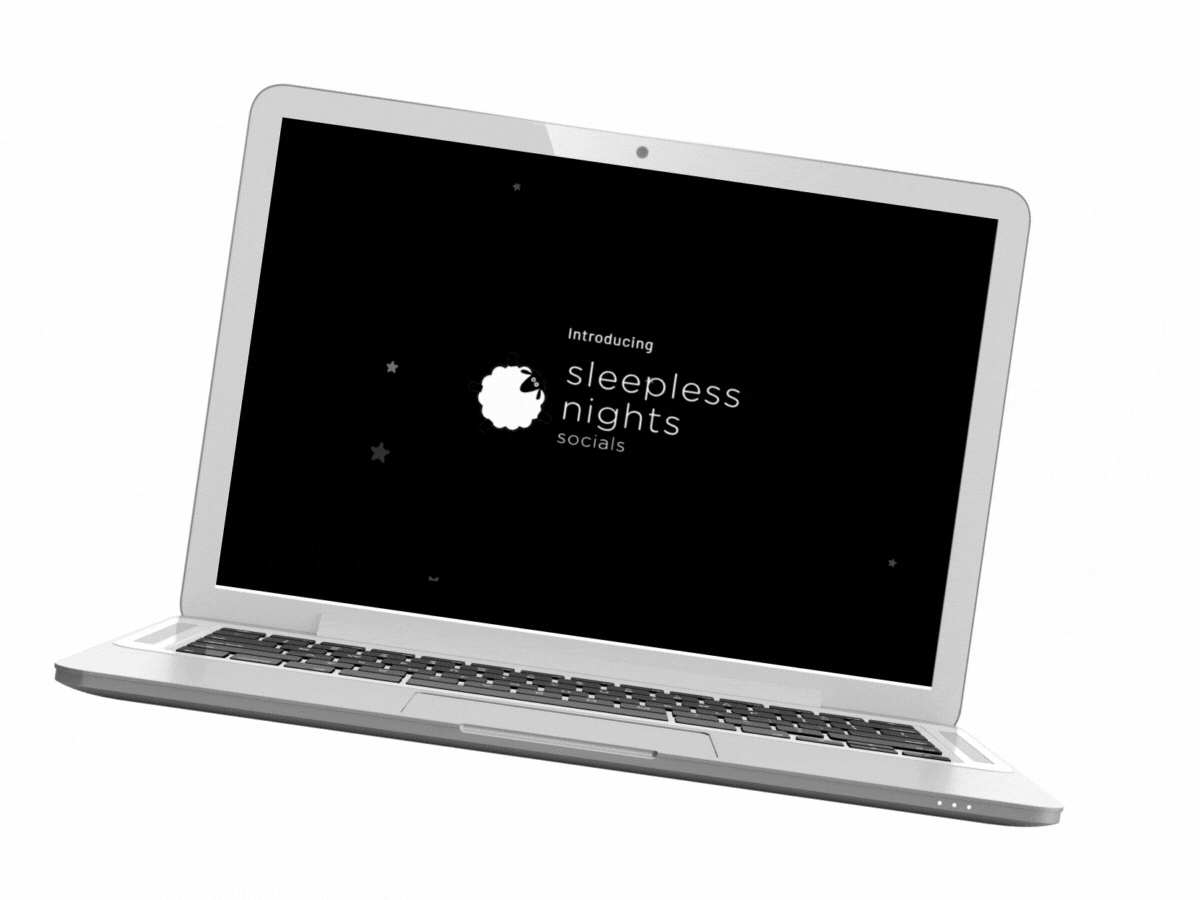In the beginning there was nothing… for those in medical communications who longed to work remotely, flexibly, and freely. Then there was Word Monster. A boutique med comms support agency born out of my desire to build the company he wished existed when he was a medical writer. Word Monster started as a team of word specialists, but Carl saw an opportunity to go beyond, asking “what else can we do to help support our clients and the industry?”.
Sub-brands were formed, with dedicated websites and registered trademarks, to house these additional services. Enter Design Monster, crafting beautiful, visually appealing designs and artwork, Print Monster, transforming ideas into engaging tangible 3D printed objects that wowed at events, and Sleepless Nights to look after the wellbeing of med comms professionals across the industry.
Together with Word Monster, this group of boutique services formed Monster Medical – a brand built to morph our mighty services into one offering for clients who needed everything, while still allowing us to service existing clients with our individual specialist services.
Monster medical
The Monster Medical brand utilised the effect of an ECG wave, showcasing our speciality and focus on healthcare. It was created as the lead brand for our collection of boutique services that supported the medical and pharmaceutical industry with scientific, strategic and creative communications. The group included, Word Monster, Design Monster, Print Monster, and Sleepless Nights, all sister offerings working together to deliver fearsome healthcare communications for fearless clients.

Design Monster
The Design Monster brand harnessed fire, showcasing our flaming-hot visual prowess. Design Monster specialised in creative healthcare expertise and artistic messaging that made ideas stick. Our service expertise spanned from healthcare advertising to medical communications and included the design of impactful e-detail aids, eye-catching leave pieces, engaging websites, figure redraws, and so much more! We created visual treats, from engaging visual messaging to clear and digestible graphical information, adding serious heat to our clients projects and status.

Print Monster
The Print Monster brand embodied an octopus, a creature known for ink with an innate ability to multitask. We did 3D model design, 3D printing and in-person exhibitions (like booths at congresses). Any figure, prop, or tool, from molecules to Covid masks to monsters, we could create it (and in any colour and any material too). With a strong scientific background, Print Monster specialised in bringing healthy 3D printing ideas to life. Our involvement in printing Covid masks during the PPE shortage during the pandemic was even covered on TV, radio, and print by the local news and the BBC.

Sleepless nights
The Sleepless Nights brand embraced a sheep, something you count at night to help you get off to sleep. It aimed to help support the wellbeing of healthcare communication professionals across the industry, helping people to meet and talk in a safe space about their worries and burdens. Sleepless Nights events were in aid of Mind, the mental health charity, offering guided walks, talks, opportunities for reflection, and casual chats and meet ups.

Next-generation Word Monster
Thanks to our amazing clients, we’ve been able to grow our team and evolve our services across our brands. But one brand really stood out: Word Monster.
Therefore, to better serve our fearless clients and to provide easier access to all we have to offer, we now have a different lead brand to rule them all. The Monster Medical, Design Monster, Print Monster and Sleepless Nights brands have been retired and their services have been brought into Word Monster (much like the mighty power rangers, morphing into one megazord!).
Word Monster is now a specialist content-first med comms agency that’s fully powered by medical writing, but with the ability to make every part of a med comms project shine, from design to digital to print to events (and now even training via our Monster Academy). Word Monster continues on its mission to transform healthcare communications, making innovative, forward-thinking strides across the industry.
Summary
There you have it. The sub-brand legacy that the Word Monster of today is built upon. Follow us on our journey to transform healthcare communications worldwide.
Want to be part of an epic med comms tale? Get in touch today to learn more about how Word Monster can support you with strategic medical communications expertise that’s hard to top. We’re standing by, ready to roll out the red carpet for you.
